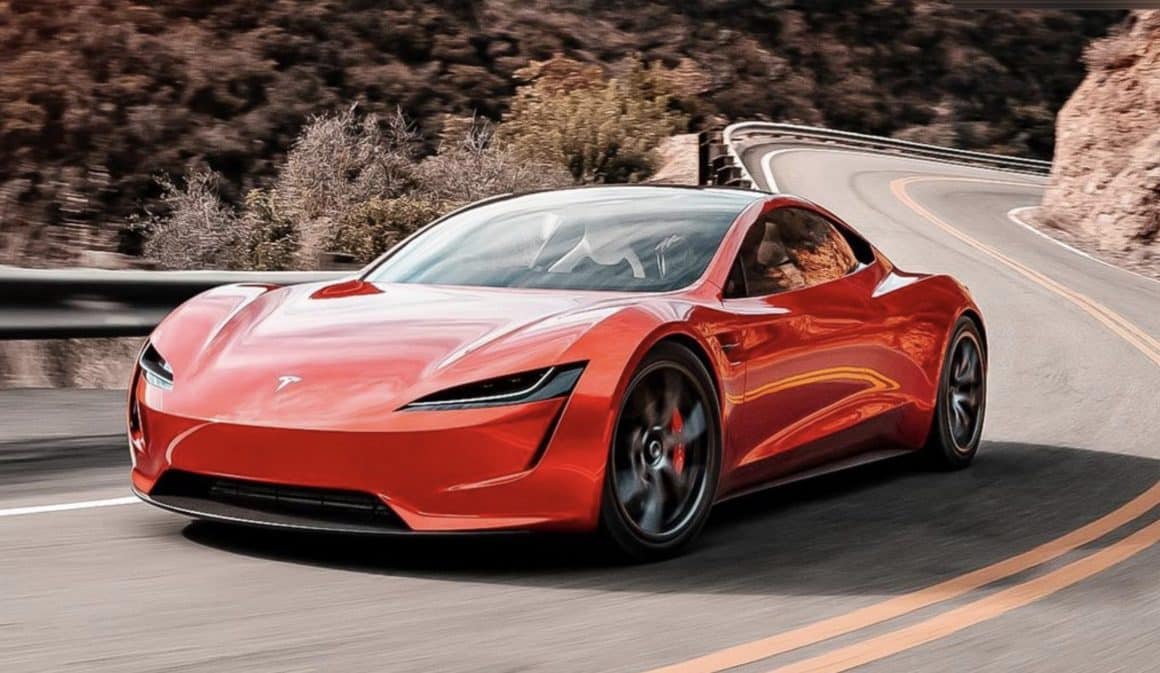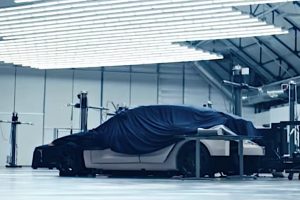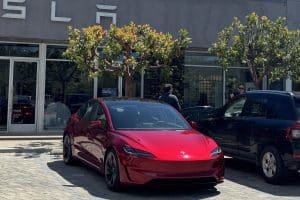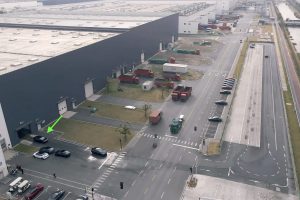Tesla CEO Elon Musk appears to have shared one of the key updates that would be rolled out to the next-generation Roadster, an all-electric supercar that’s expected to be the company’s undisputed halo car. In a series of posts on Twitter, Musk explained that some of the Model S Plaid’s key innovations could pave the way for unlocking even more power for the next-generation Roadster.
Musk’s updates came as a response to Tesla bull @ajtourville, who inquired if the carbon fiber sleeves of the Model S Plaid’s rotors are direct-wound or pressed-on. The Tesla CEO noted that with the Model S Plaid, “fiber is wound over rotor at high tension load.” He also noted that the “carbon sleeve must put (the) copper rotor in compression or it loosens at low temp due to differential thermal expansion.”
Musk highlighted that Tesla’s carbon-coated motor has several key advantages, one of which is a stronger electromagnetic field compared to a rotor held together by metal such as high strength steel. The rotors can also go to a higher RPM, as the carbon sleeve mostly stops the copper from expanding due to radial acceleration. In a later tweet, Musk noted that these innovations had given Tesla some ideas for increasing the torque and maximum RPM of the next-generation Roadster.
This would make the all-electric supercar into something even more impressive than its prototype. When it was unveiled in late 2017, Elon Musk announced that the next-generation Roadster would have a wheel torque of 10,000 Nm, which is already very impressive in its own right. With a higher maximum RPM, the next-generation Roadster’s production could offer some monstrous amounts of power. Together with its SpaceX-infused tech and 620-mile range, the Roadster could truly stand above the Model S Plaid, effectively justifying its expected base price of $200,000.
The machines that enable the production of the Model S Plaid’s new electric motors were made possible by Tesla Automation. Interestingly enough, Tesla Grohmann Automation, which is located in Germany, has been undergoing a pretty extensive expansion, as indicated by reports from electric vehicle owners in the area. This expansion is expected to correspond to more activity in the facility, particularly as Gigafactory Berlin starts its local operations.
The next-generation Roadster is the spiritual successor of the car that started it all for Tesla. But while the original Roadster was based on the Lotus Elise, the new Roadster is built and designed from the ground up by the company. This paves the way for specs that would likely need to be seen to be believed, such as its 0-60 mph acceleration of 1.1 seconds with its SpaceX package.





